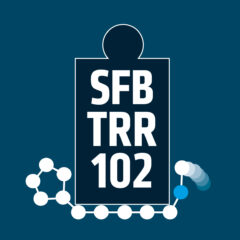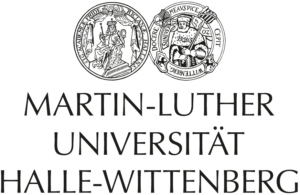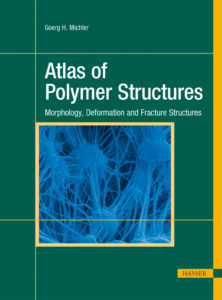Monday 20. February 2017
Serine substitution in Amyloid-β – a possible link between β-Methylamino-L-alanine and Alzheimer’s disease?
In 1944 Guam was recaptured and fortified by US forces. Decades later soldiers that were stationed at Guam developed ALS-PDC (amyotrophic lateral sclerosis–parkinsonism/dementia complex) 50-100 times the incidence of ALS. Also Guam’s natives, the Chamorro, are plagued by severe neurodegenerative diseases. When looking for a possible cause for this phenomenon, scientists soon focused on the neurotoxin BMAA, found in cycad tree fruits, an important food source in Guam. BMAA is a non- proteinogenic amino acid produced by cyanobacteria that can be enriched via the food chain in plants, seafood and higher animals. This is a critical factor because cyanobacteria are known for their excessive blooms not only in marine ecosystems but also in lakes that are used as fresh water source for millions of people.
(more…)





